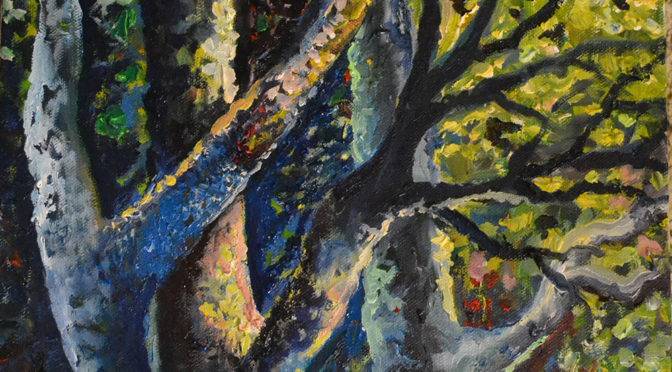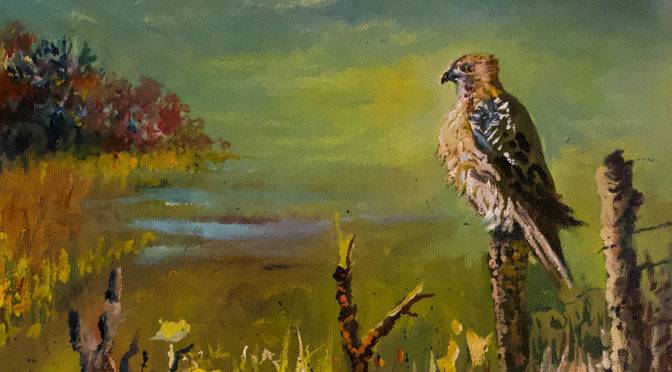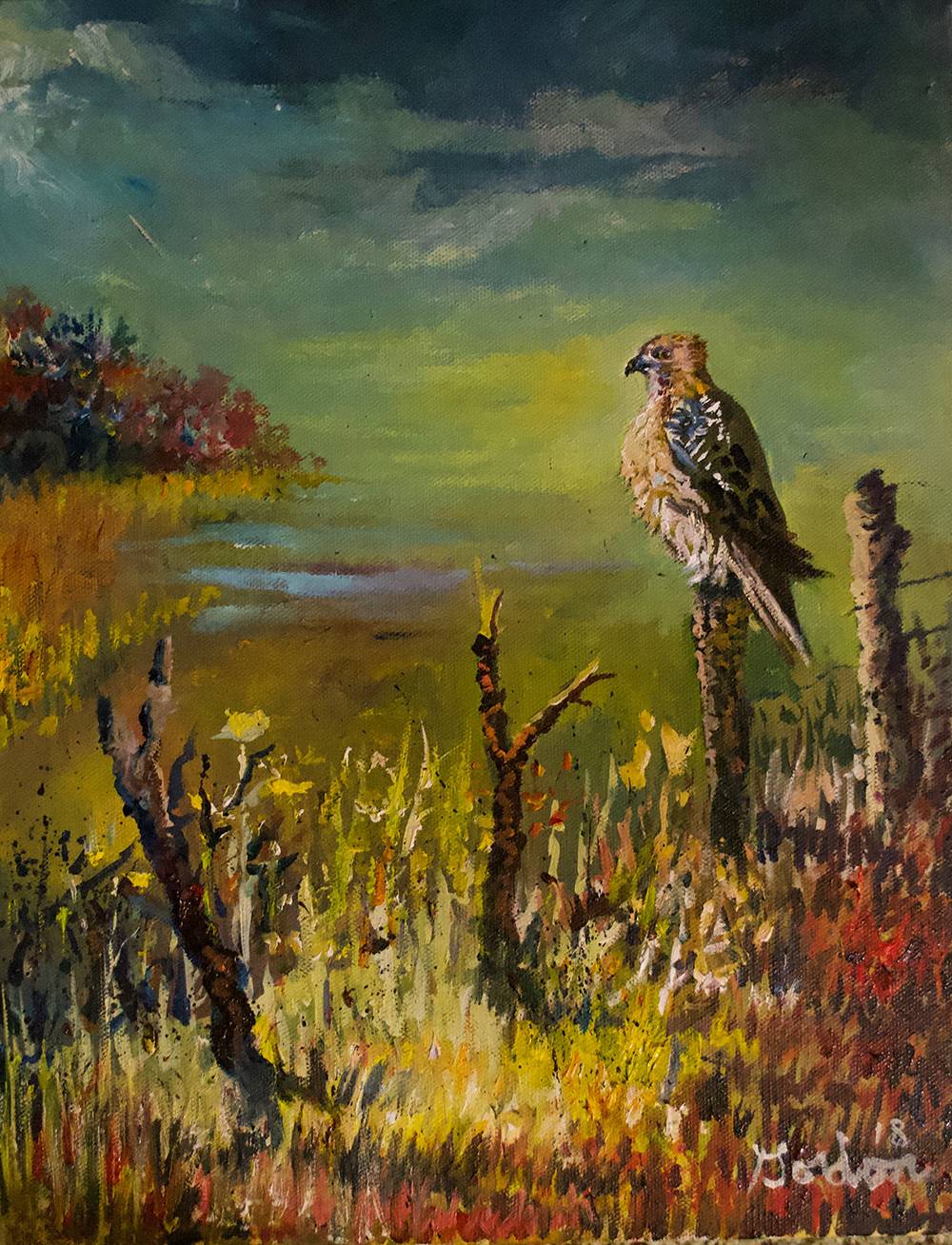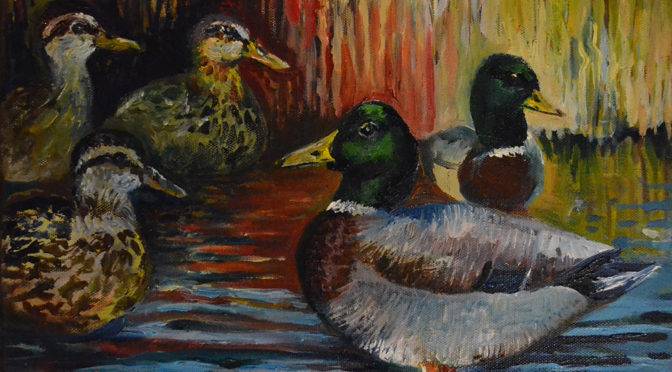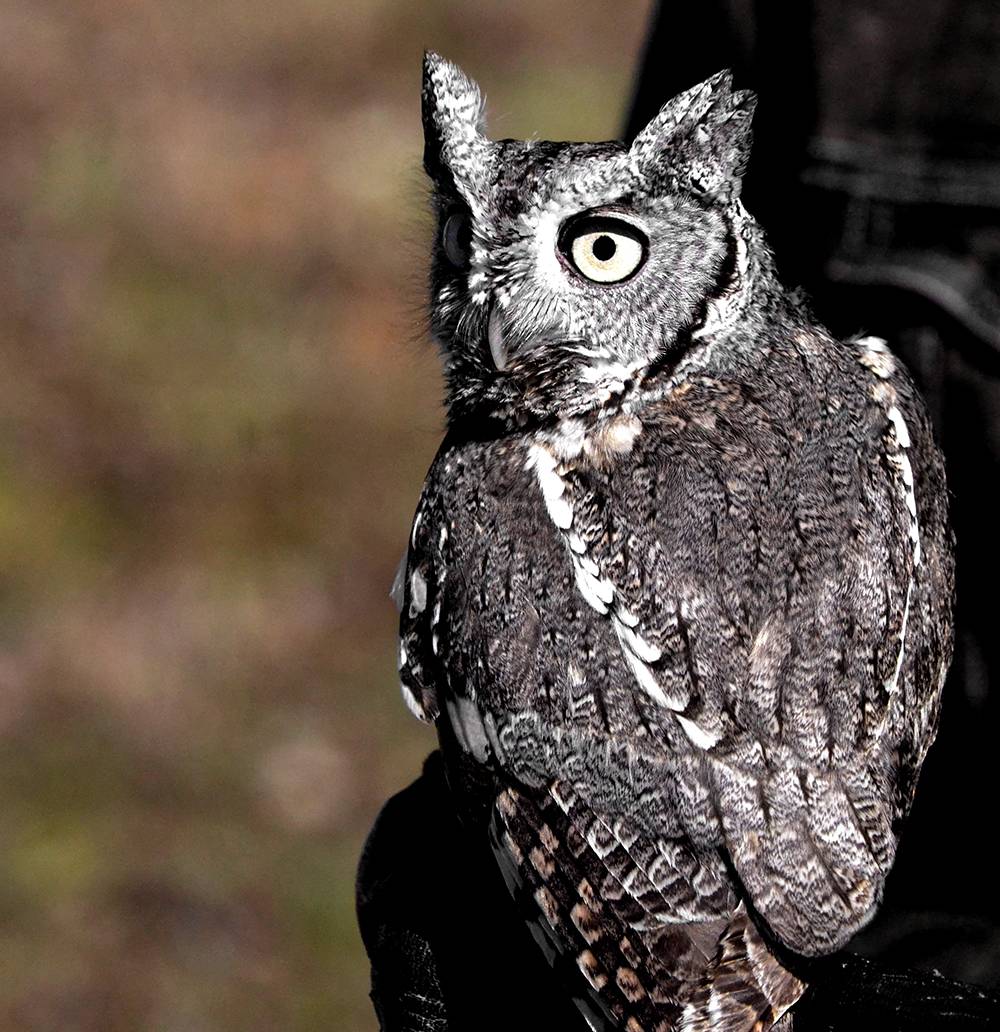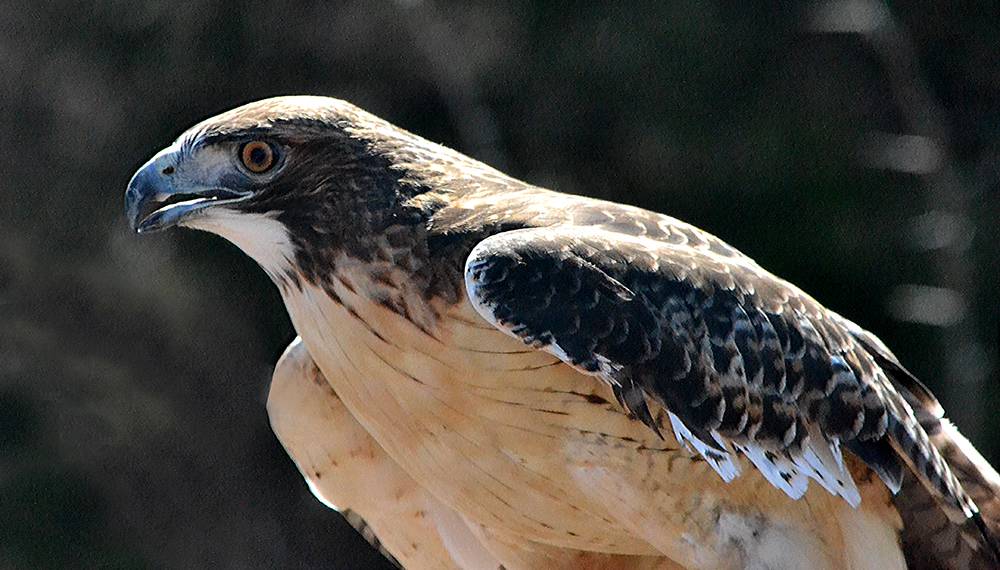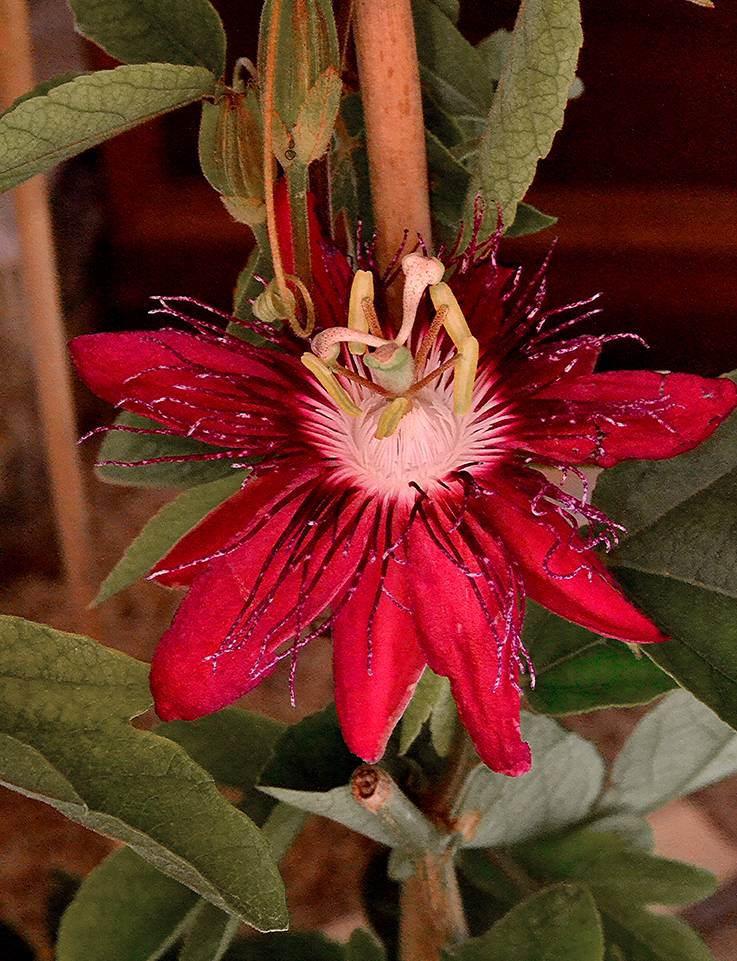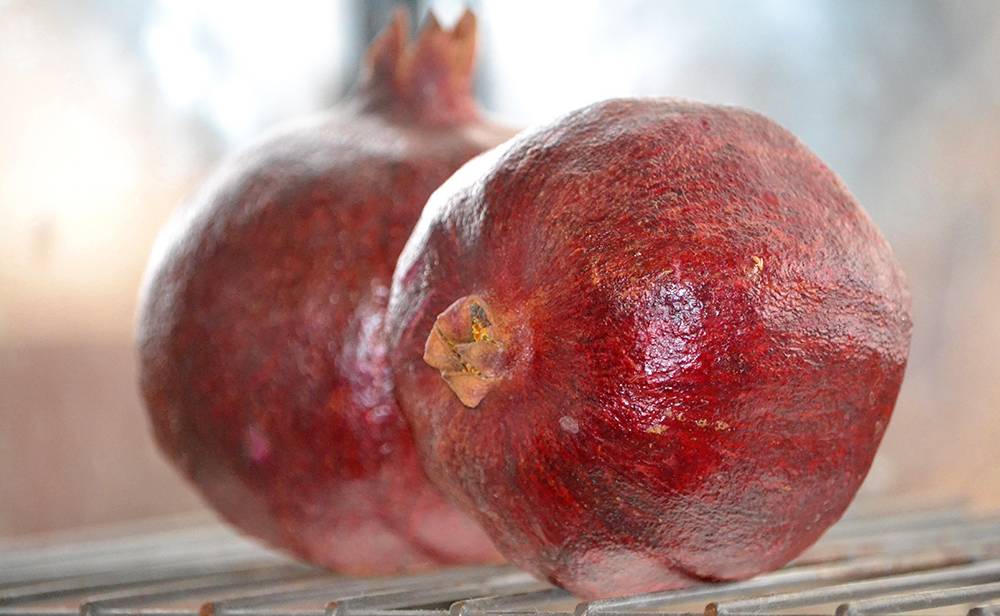All posts by artiststevel
The Garden Becomes its Own
I love gardening, something I’ve been writing about for quite a while. It is the act of dissolving into the silence and intricacies of nature.
Every bud and seedling is a glimmer of hope. I enjoy tending the soil, being active and watching this natural work of sorts become its own.
The garden starts out with seeds and a general idea and from there it becomes what it will be. I used to be a lot less enthusiastic about the summer garden than the spring garden.
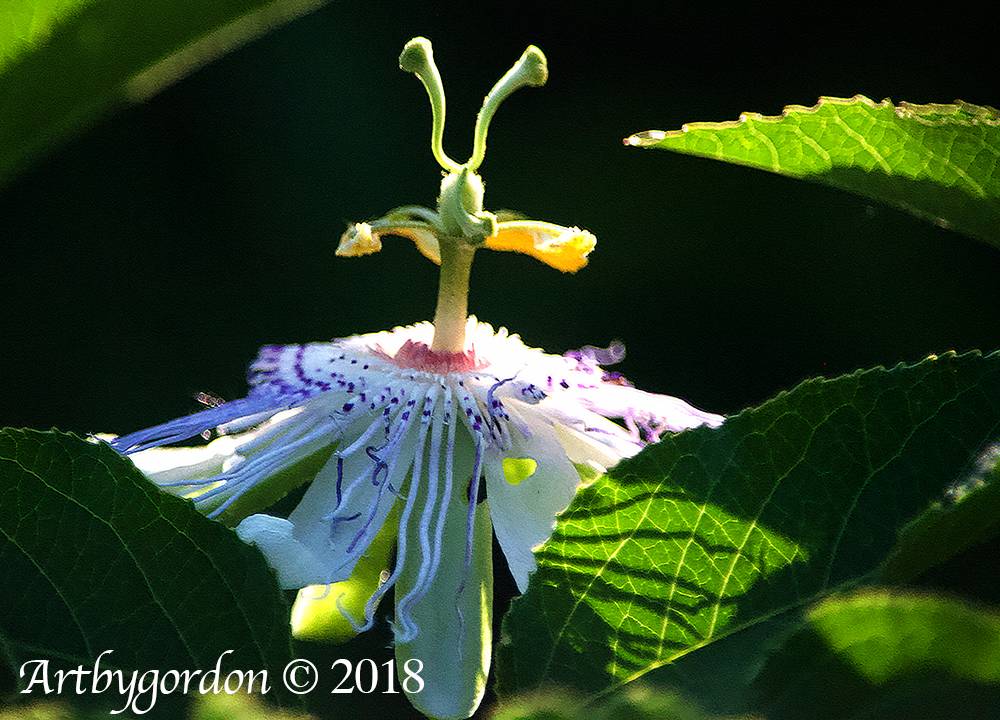
The spring would come with ideas and grand hopes for wildlife and a garden I could photograph but once the summer heat kicked in, the garden would go its own way.
All of the weeding and planting would turn into a garden of brown shrivelled up leaves. I think depression has a big thing to do with it as well, all intent and excitement dies with its crippling effects.
This year is different. I’m looking at raising milkweed to sell, yes a weed but the only hope for future monarch butterflies. I am collecting passionvine and dutchmans’ pipe as well and with the addition to the family of a dog named Ranger, suddenly I am outside even in the heat, still plucking weeds, still planting.

It’s amazing how a puppy can take you out of yourself. It’s not about you, it’s about him and the garden is better because of it. As he chews on sticks and rocks, I continue to weed, water and protect.
I’m not sure how long this will last, but I’m excited to see the garden become its own even after the second hottest May. I hope you enjoy a bit of a walk through my garden.
Afternoon Sun: Oil on Canvas
It’s almost like a stain-glassed window as the light filters through spring leaves. I have been watching this for many seasons and have had the idea on my easel for many years now.
I was interested in the richness of fading afternoon sun. I love the shadows of blues and greens reflecting a coolness in the midst of an ending day. This is the third in an upcoming series of paintings coming off the easel. Stay tuned.
The Watchman: Red Tailed Hawk
I finally got a chance to paint. It was a stormy afternoon as you can see from the remnants of a swollen stream in the distance.
I got more information and sketched more on a trip to Hagerman where there are always hawks patrolling each fence row. There are a lot of red tailed hawks and I consider them the watchmen of the meadows and fields.
Oil on Canvas 2018 ArtbyGordon
Finishing Paintings: A New Series Finds Closure
New Painting Series – This painting was inspired by a ride in East Texas. I liked the grouping
of the drakes and the females looking on. It was a quick snapshot that turned into a long process of capturing a cool autumn day.
Since I started the painting, there have been many starts and stops. I have also had several times studying mallards at a local park to get the personality and eyes right on the males.
I aim to capture that relationship between characters in nature. When I go and study the ducks, they always know I’m there, they just keep their comfortable distance.
I was also aiming for the dark colors of autumn but the warmth of light on the reeds and the shiny green heads of the males. This is the first in the series, tomorrow I will have another I just finished: A hawk from a fence near Hagerman Wildlife Refuge.

Wildlife Gardens in Texas Part 4: Easy Plant for Wildlife
Aristolochia Fimbriata – White Veined Dutchman’s Pipe
Easy Plant for Wildlife
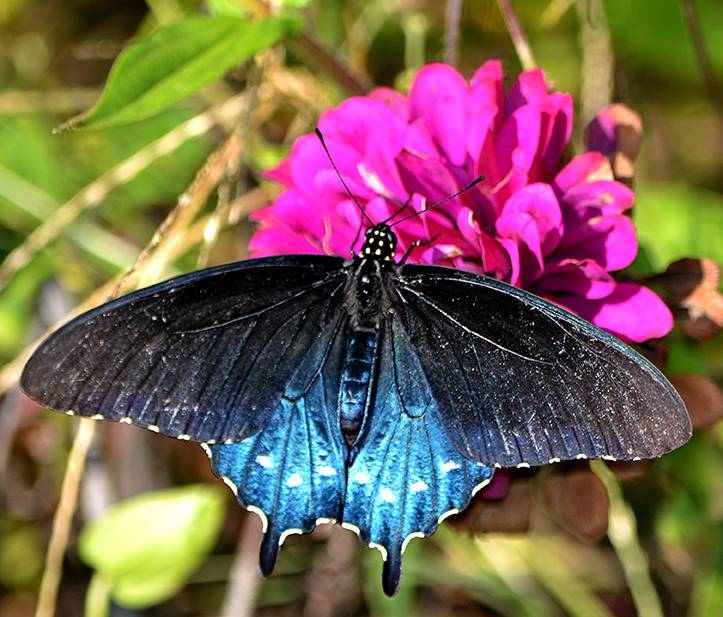
highlighting the Dutchmans pipe – This is the amazing butterfly that will visit your garden when you plant Dutchman’s Pipe or Aristolochia vine. Even without the welcome visitor it is an easy and very interesting vine to grow.
This is the Caterpillar that will devour every bit of this perennial vine but they grow back quickly. They look a bit like slugs but if you study them closer they are quite beautiful in their own right.
Let’s get back to the plant which has its’ own unique qualities. The reason they call them Dutchman’s Pipe vines is because the flowers resemble a dutchmans pipe.
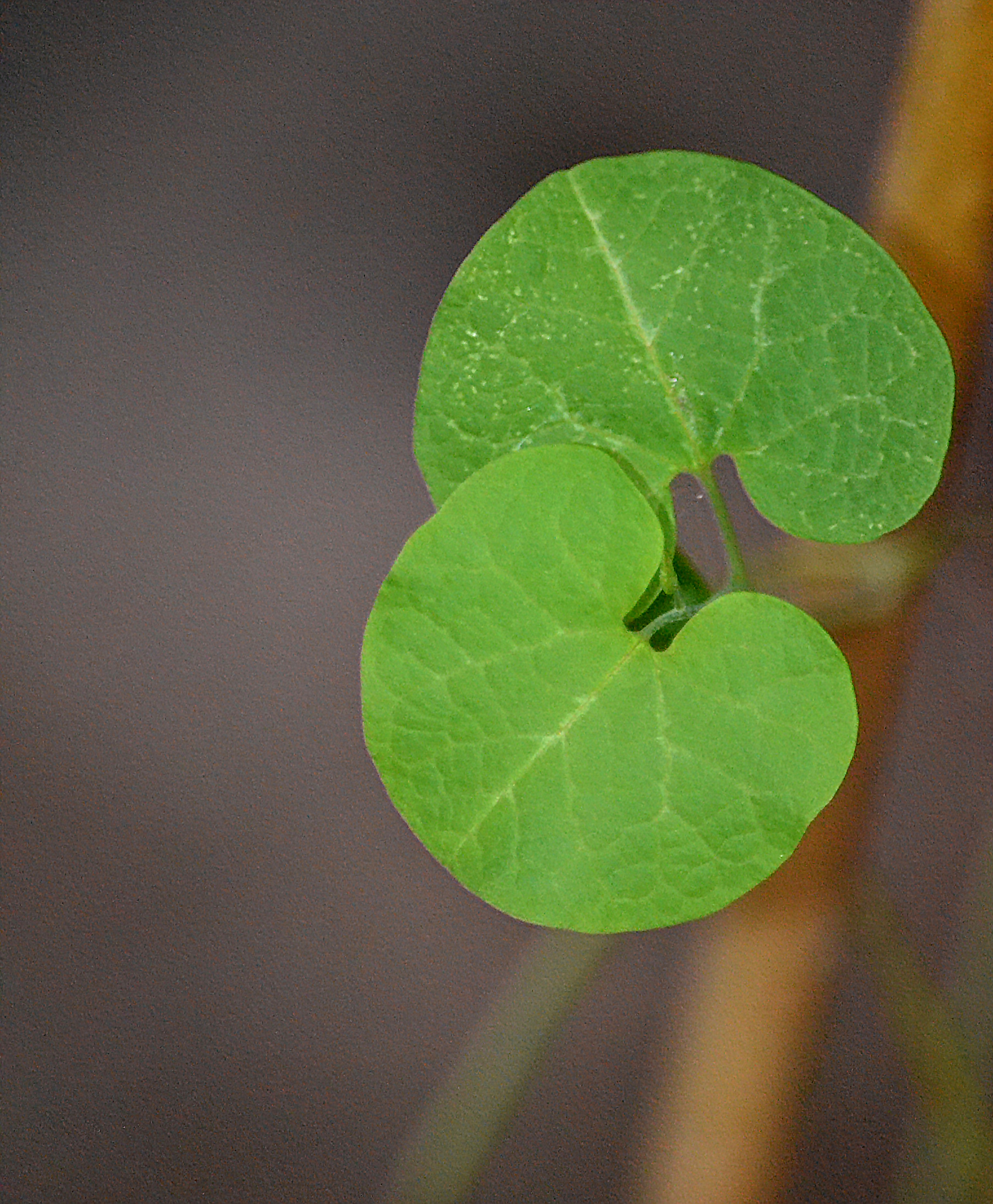
Easy Plant for Wildlife
This is the White-Veined hardy Dutchman Pipevine-it is a ground cover that will come back every year in Texas and reseeds itself quite easily. The smell of the leaves are very strong.
There are several different types of vines but be wary of the Aristolochia Gigantea-it is a beautiful flower and dramatic bloom but it supposedly will kill the caterpillars, if you grow them just make sure you keep them away from butterflies seeking to lay their eggs.
These plants do will tolerate full shade and full sun with adequate watering but it prefers morning sun and afternoon shade. They do great in hanging baskets but I have mine in the ground.
The next plant is the sunflower which is not only a host plant but easy to grow from seed and a dramatic addition to any landscape.
Texas Gardening Part 3-Candlestick Plant: A winner in the Texas Garden
Candlestick Plant: A winner in the Texas Garden
Why I Grow Candlestick Plants
Besides my love of nature, I am an artist and the four winners in Texas have definitely got a lot of opportunities for art and photography. The Candlestick Plant is not only beautiful, it is a winner in the Texas Garden. It is important for the sulphur and similar butterflies to feed their young.
The are also easily grown from seed and will grow with very little attention. They love the heat.

Candlestick Plant: A winner in the Texas Garden
Another aspect of this plant is that it’s so easy to grow, very little watering and I’ve never fertilized any of my plants. After the flowers are exhausted, the seeds are very abundant. You will see many seedlings the next season or two.
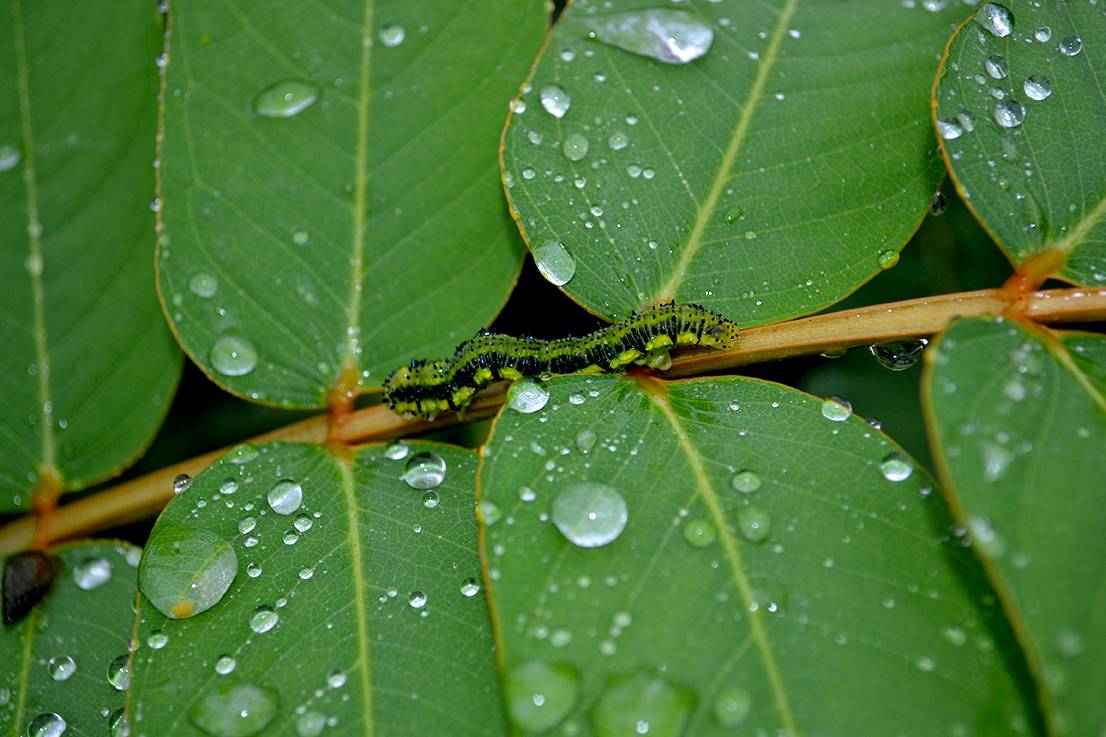
Wildlife Gardening Importance
This is the visitor you can expect, the caterpillar of the cloudless sulphur. Every year I get a few of them and I’ve had this plant in my garden every year for probably the last ten years.
Another senna that looks much like the candlestick plant is the Popcorn Senna (Cassia didymobotrya). This plant also attracts the sulphur butterflies and looks like a paler version of the candlestick plant but it also smells like its name suggests.
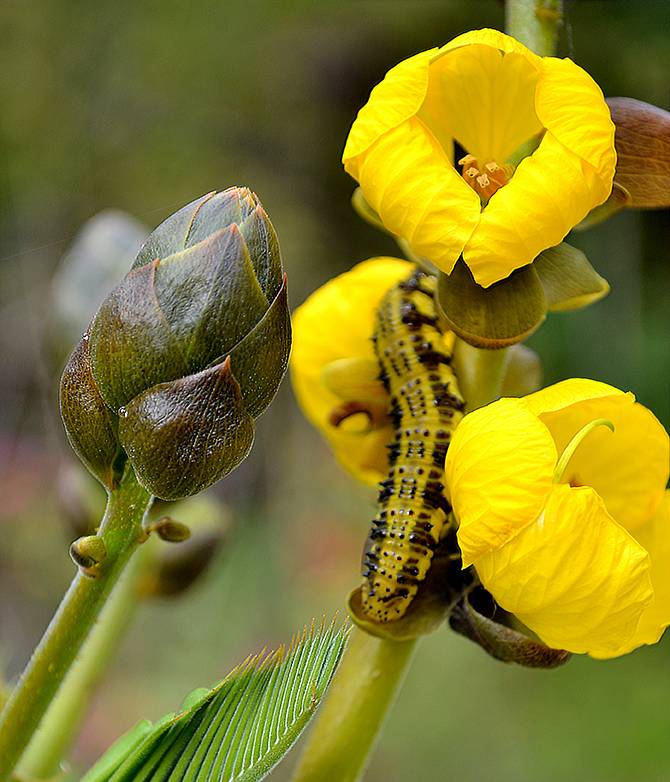
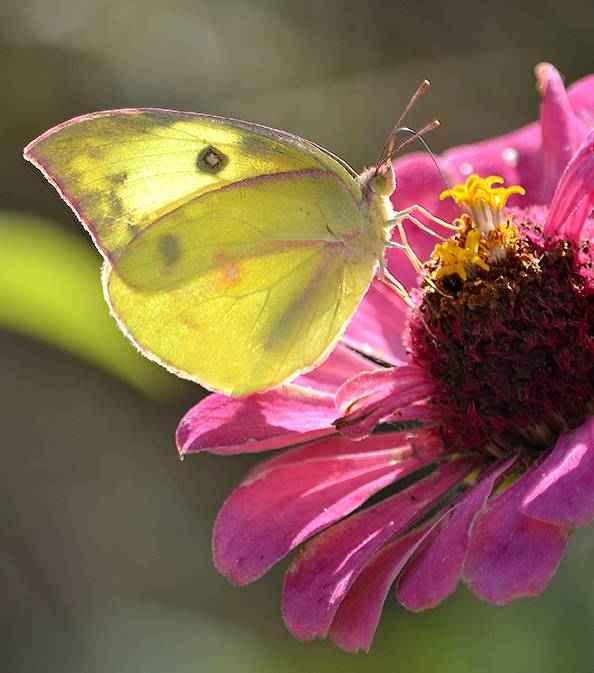
Candlestick plants love the heat and I don’t think I have ever watered them. In the evening they close up their large mimosa like leaves and the whole plant looks like its praying. I will always have them in my garden and am in the process of selling their seeds as well.
The whole reason I started wildlife gardening was to attract wildlife. I have been able to photograph the cloudless sulphurs, clouded sulfurs and several cabbage whites that come for the nasturtium and lay their eggs on siennas as well. My work has been rewarded and I love to be able to photograph and paint the plants and butterflies as well.
Nature photography – Blackland Prairie Raptor Center birds of prey
Every visit to the Blackland Prairie Raptor Center in Lucas, Texas is a chance to learn more about raptors and the Blackland Prairie. What always strikes me is the fact that young children already know about terms like diurnal and nocturnal and are interested in learning more about the birds.
If you get a chance, you need to visit on the first Saturday of each month and if you can volunteer, I’m sure they could use an extra set of hands.
 Unfortunately a common theme is human imprinting. People mean well but most don’t know how to take care of wildlife and usually the consequences are not good for the bird.
Unfortunately a common theme is human imprinting. People mean well but most don’t know how to take care of wildlife and usually the consequences are not good for the bird.
Wildlife Gardens in Texas: Part 2 Passionvine
Wildlife Gardens In Texas: Passionvine- Another plant that I have loved to photograph and paint. Many of These images are on my Etsy site too.
Citrine, the yellow passion vine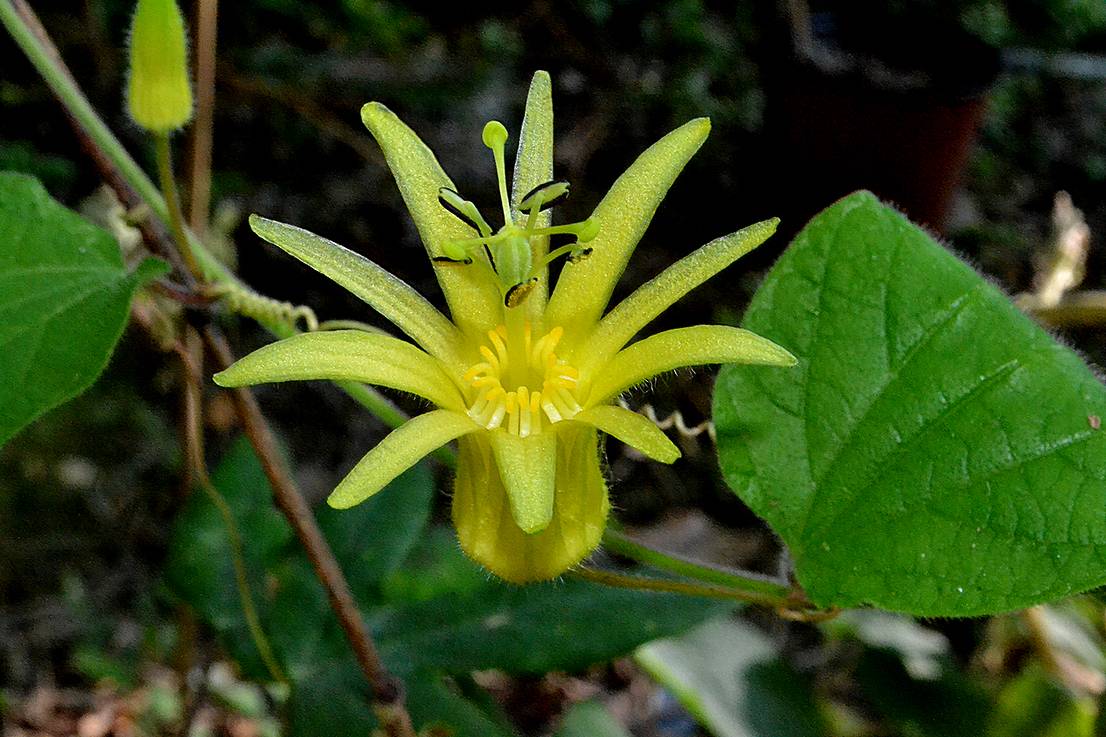
The second plant I would highly recommend is the passion vine. There is so much about this plant to love and it attracts Fritillary butterflies that will lay hordes of caterpillars to devour it.
Gulf Fritillary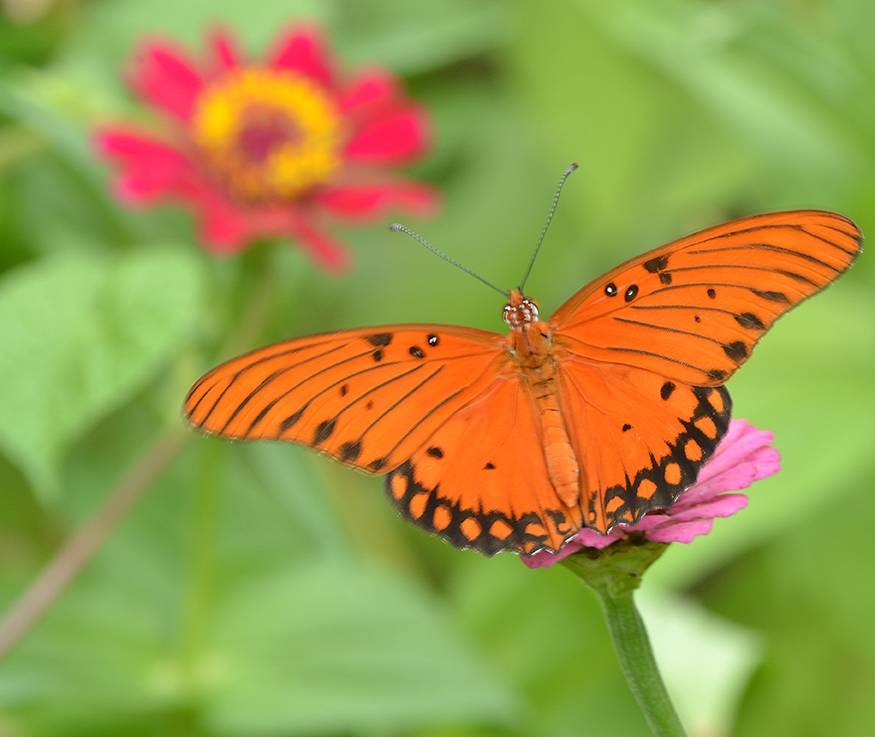
I have become somewhat of a collector having raced 9 or tend different species over the years and continue to be amazed by its ease and beauty.
Hybrid Flower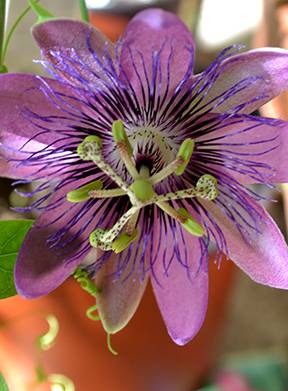
The plant is named Passiflora after the passion of Christ, there are a lot of symbolism with the parts of the flower, the stigmata represent the three nails and the 5 anthers below them the wounds. The sharp tips of the leaves, the lance, the tendrils the flagellation of Christ and the ten pedals and sepals the loyal apostles. Read more
Lady Margaret
They won’t overtake your yard or destroy a fence.
I have had the blue variety come back every spring with a heavier base, I would think if it grew well enough it could destroy a fence but I’ve never had any problems with them.
The smell of the flowers.
The blooms are not only dramatic and odd, they smell like sweet candy and each species has its own unique flavor. The thorny larvae of the gulf and variegated fritillaries will devour the stands of the plant but that’s why I grow plants for the wildlife.
They are Good for Bees. Attracting bees could be a good or bad aspect of raising a plant. I welcome bees and never have been stung while treating them with due respect.
Cerulean
The abundant flowers are many different colors. They will cover an area in the yard with beautiful blooms through the summer. I would highly recommend this plant because its easy and needs little care. The native purple, (incense and incarnate), blue (cerulean) and some hybrids will come back after a mild winter. All these species will grow in most places with an abundance of light.
I will have a whole new collection this year and many more photos.
Next is the Dutchmans Pipe-be patient if you plant it, they will come.






